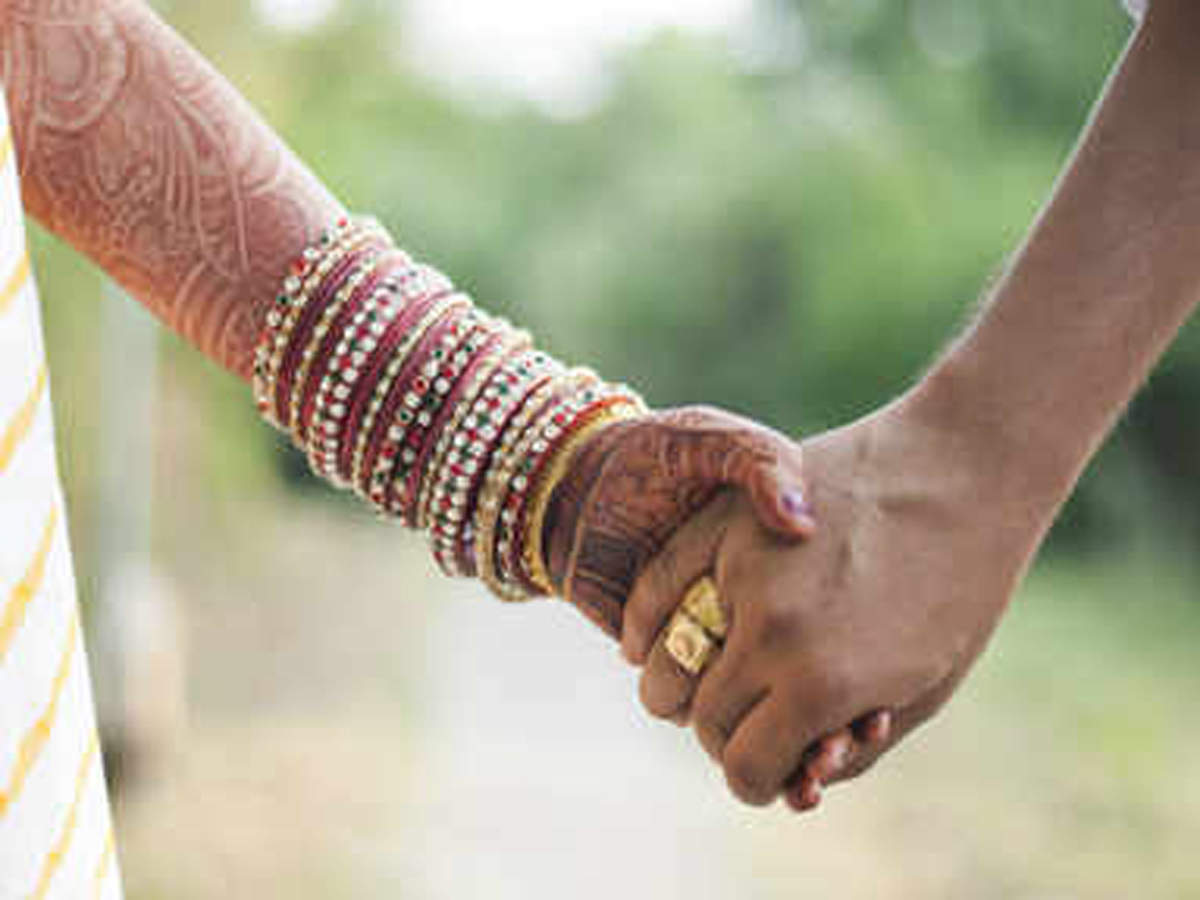THE government of India has proposed raising the minimum legal age of marriage for women from 18 to 21 years. Currently, the minimum legal age for women to marry is 18 years; for men, the corresponding age is 21 years.
A bill to formalize such a legal change was presented in the Lok Sabha on December 21. However, after resistance from the opposition parties, it was sent to a parliamentary panel for further evaluation. As per the bill, the new minimum marital age for women shall prevail over all the personal laws; therefore, the legal age of marriage will be raised for all females regardless of their religion.
In 1978, the Indian government had increased the legal minimum marital age for girls from 15 to 18 years, and for boys from 18 to 21 years.
Proponents of increasing the marital age for women argue that currently, several girls are forced to drop their studies for marriage, and increasing the minimum legal age required to marry to 21 would give them time to pursue their studies and offer an opportunity to pursue higher education.
Another contention is that pregnancies in teenage girls heighten the possibility of high blood pressure, anaemia and many other health issues in the mother, and can also lead to severe pregnancy complications that can cause death of the mother. This is why raising the age of marriage for girls could help decrease the maternal mortality rate.
Early marriages also cause mental health problems, as per studies, so increasing the legal age shall reduce the possibility of mental health issues among young brides.
Finally, the decision is also projected as one affirming the principle of gender neutrality, by making the minimum marital age for women the same as that for men.
On the other hand, opponents of the change argue that child marriages are rife in India at present in spite of the same being barred by law. As per the National Family Health Survey (2019-2021), one-fourth of the women aged between 20-24 years were married before turning 18 years old. After the COVID-19 outbreak, the incidence of child marriages has increased across the world. Therefore, the problem lies in the implementation of the existing laws.
It is therefore argued that instead of legally increasing the minimum marital age, the root cause of child marriage should be addressed in order to bring about a value change in society.
Another argument against the proposal is that some girls from especially conservative, regressive and patriarchal families escape their families’ clutches by choosing to marry a person of their choice after turning 18 years old. As a result of the proposed legal amendment, such girls would have to wait for three more years; this period could be misused by families and the wider community to threaten and control such girls.
In 2018, the Law Commission of India had suggested decreasing the minimum legal age of men from 21 to 18 years, and recommended keeping both the genders’ minimum legal age to marry as 18 years.
According to government data from 2019, the average age to marry for women is 22.1 years. This figure has gradually risen over the years, which shows that the change is voluntary. The change has taken place largely as the education rate among women has improved.
Therefore, the solution to the problems that the proposed amendment seeks to resolve may lie in enhancing education for girls, conducting awareness programs on the importance of education among communities with low female education rates, and sensitizing young students of both gender about the importance of individual financial stability and the dangers of teenage pregnancies.
Girls belonging to socio-economically weak families are forced into child marriages and providing them financial support, especially for pursuing education, will automatically raise the age of marriage among women.


